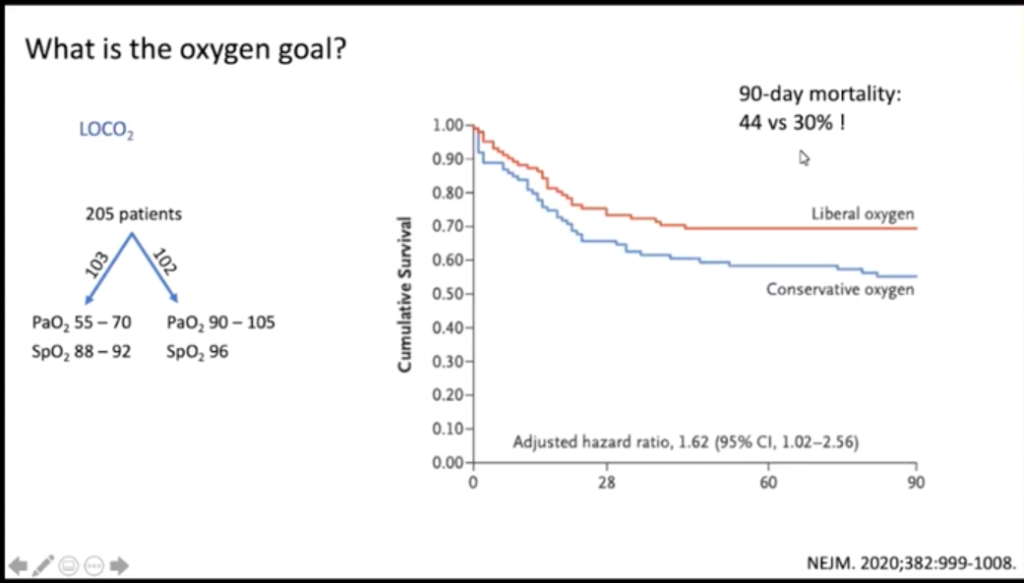A 54 y/o male with a history of an end-stage cardiomyopathy is just brought from the OR after receiving a Jarvik 2000 LVAD as a bridge to transplant. On your initial assessment you examine the patient and note the vitals on the monitor. You check the drive-line dressing, the connections, the battery pack, and controller that’s been placed at bedside. As you are inspecting the controller, you notice the patient has regular drops in power that correlates on the monitor with a widening pulse pressure (see the video below)
What is going on with the patient’s LVAD?
The Jarvik 2000 LVAD is an axial flow VAD that’s actually an intracardiac device, resting within the patients left ventricular cavity. It’s approved in the US as a bridge-to-transplant device. This patient’s LVAD is frequently having drops in power as seen on his VAD controller.
The differential for power drops include:
- Suction events (hypovolemia, pump malposition)
- Hemorrhage/sepsis (hypovolemia)
- Arrhythmias (reduced LV return)
- High afterload (systemic HTN)
- Low battery
Interestingly, this is actually a normal function for the Jarvik device, called ILS or “Intermittent low speed”. Why? It’s important to understand how the device is implanted to understand the importance of the ILS function. The outflow cannula for the Jarvik 2000 is unique in that it is connected to the descending aorta (unlike the HeartMate II which loops around to the ascending aorta).
Because the outflow graft is connected below the aortic arch, there needs to be a period of reduced flow to allow the patient’s native LV to fill and eject through the aortic valve. This “washout” period prevents thrombus or leaflet adhesion that can occur if the VAD provides continuous flow. This should reliably occur for about 8 seconds every 1 minute interval.
The variation in the waveform pattern seen on the arterial line purely reflects the patient’s native heart function. If you noticed, this is actually a normal a-line waveform tracing with a relative widening of the pulse pressure unlike when the LVAD is actually running (much more narrow). You will likely be able to feel a stronger radial pulse during this 8 second interval as well.
In the video below, note the ILS function that kicks in at about 00:08 seconds. At this time, there is decreased water flow through the pump. In the patient above, the ILS function can be visualized by a normalization of pulse pressure as his LV cavity receives more blood volume, resulting in increased contractility, and a maintenance of cardiac output.
If the flow or power is truly abnormal for the VAD, you should likely see the underspeed indicator illuminated yellow on the controller (illustration below).
 It’s important to always check the VAD’s connections, battery pack, and alarms as this will quickly clue you into any problems going on with the device. Lastly, remember your differential diagnosis for low power (decreased LV return – hypovolemia/arrhythmia, pump malposition/suckdown, increased pump afterload – systemic hypertension) when doing a general assessment of the VAD patient, but in this circumstance, the findings in this patient are normal and do not need emergent intervention!
It’s important to always check the VAD’s connections, battery pack, and alarms as this will quickly clue you into any problems going on with the device. Lastly, remember your differential diagnosis for low power (decreased LV return – hypovolemia/arrhythmia, pump malposition/suckdown, increased pump afterload – systemic hypertension) when doing a general assessment of the VAD patient, but in this circumstance, the findings in this patient are normal and do not need emergent intervention!
References
- Jarvik R. Jarvik 2000 pump technology and miniaturization. Heart Fail Clin. 2014;10(1 Suppl):S27-38. [PubMed]
- Moazami N, Fukamachi K, Kobayashi M, et al. Axial and centrifugal continuous-flow rotary pumps: a translation from pump mechanics to clinical practice. J Heart Lung Transplant. 2013;32(1):1-11. [PubMed]
[author title=”About the Author”]




